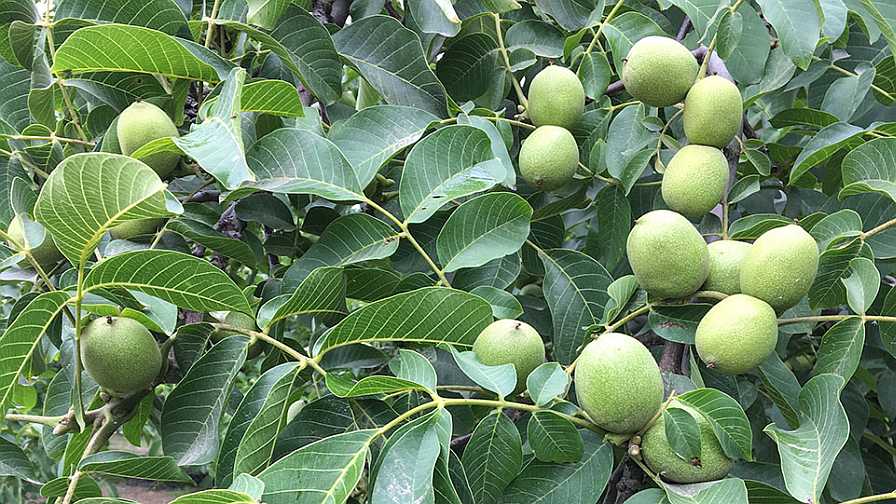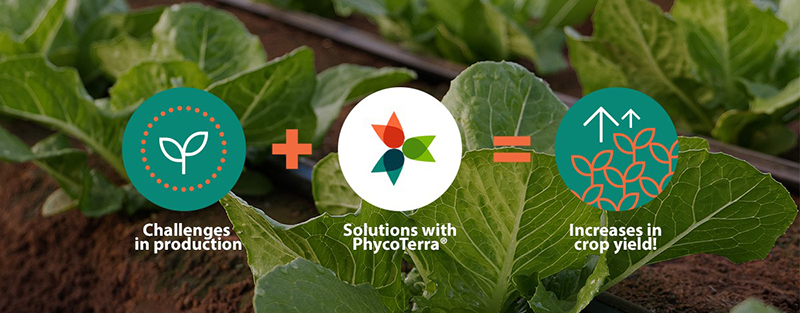How to Get Clonal Rootstock Clarity for Walnuts

While walnut rootstocks historically have been limited to seedlings, clonal rootstocks have become more available with advancements in walnut cloning research and technology.
Photo courtesy of California Walnuts
When it comes to walnut rootstocks, growers have some new options, Kari Arnold says, but no absolutes.
“Growers tend to ask me what the right choice is when trying to decide something. The truth is there is rarely ever a right choice, but there are typically options,” the Stanislaus County University of California Cooperative Extension (UCCE) Advisor says.
“Options can sometimes be confusing, so hopefully I can clarify a few points when it comes to a few walnut rootstocks.”
Historically, walnut rootstock options have been limited to seedlings — either ‘Northern California Black’ (Juglans nigra) or ‘Paradox’ (a cross between ‘English Walnut’, Juglans regia, and ‘Northern California Black’). Although the two options still exist, clonal rootstocks — vegetatively propagated or cloned rootstocks as opposed to germinated seedling rootstocks — have become more available with advancements in walnut-cloning research and technology.
The difference between clonal rootstocks and ‘Paradox’ seedlings is relative to expectation, Arnold says, due in part to the genetic differences in ‘Paradox’ seeds. Research shows variability from one seed to the next, which walnut researchers, specialists, and farm advisors also have observed for many years.
“One seed might be more vigorous, one seed might be more susceptible to Phytophthora, one seed might encourage more seed production, while another encourages more leaf and branch growth,” Arnold says. “This leads to a highly variable stand of trees in an orchard.”
To the contrary, clonal rootstocks are cuttings of the same plant, a process exemplified in walnut varieties. For instance, every ‘Chandler’ tree in California came from one single mother tree, which was originally produced by a seed.
“Much like how every ‘Chandler’ tree tends to produce the same nut, every ‘RX1’ clonal rootstock will develop similar characteristics in the tree,” Arnold says. “Therefore, a ‘Chandler’ orchard on a clonal rootstock tends to be more uniform in growth than an orchard on ‘Paradox’ seedlings.”
NEW ALTERNATIVES
UC’s clonal rootstock selections include ‘RX1’ and ‘VX211’, which were chosen from acres of single seedling crosses based on their potential benefits, Arnold says. They were developed as a part of the Paradox Diversity Study (PDS) conducted by UC/UCCE/USDA researchers, specialists, and farm advisors.
‘RX1’ appears to show some tolerance to Phytophthora, a root-infecting, fungus-like organism. But if disease pressure is high, Arnold says, the rootstock may still succumb to Phytophthora. ‘VX211’ was selected based on its potential tolerance to some nematode populations, but like ‘RX1’, if nematode pressure is high, ‘VX211’ may still succumb to certain nematode species, Arnold says.
Both ‘RX1’ and ‘VX211’ were field tested against a handful of other selections, as well as ‘Paradox’ and ‘Vlach’.
“Because ‘RX1’ and ‘VX211’ were developed through years of research and hard work, they are patented; therefore, they cost a little more,” Arnold says. “Fortunately, this additional cost goes toward future walnut rootstock and variety research and development by supporting the Walnut Improvement Program.”
CROWN GALL RESISTANCE
There are no commercially available walnut rootstocks that are resistant to crown gall, Arnold says.
While ‘Paradox’ seedlings, ‘RX1’, ‘VX211’, and ‘Vlach’ can all be infected with the causal agent of crown gall (Agrobacterium tumefaciens) before developing galls, the production of clonal material avoids many opportunities for infection, she says.
Earlier UC/UCCE/USDA research demonstrated that A. tumefaciens is typically acquired from the ground in seed orchards. For example, if A. tumefaciens is present in the soil of a seed orchard, ‘Paradox’ seedlings, which are collected from the field as walnut seeds, may become infected with A. tumefaciens.
Nurseries, which had funded the research while seeking to improve their production, have since developed ways to reduce crown gall in new ‘Paradox’ seedling rootstocks by incorporating the use of tarps or catch frames. Regardless, clonal material does not include collecting seeds from the field; instead, cuttings are collected by hand, reducing the likelihood of coming in contact with contaminated soil.










